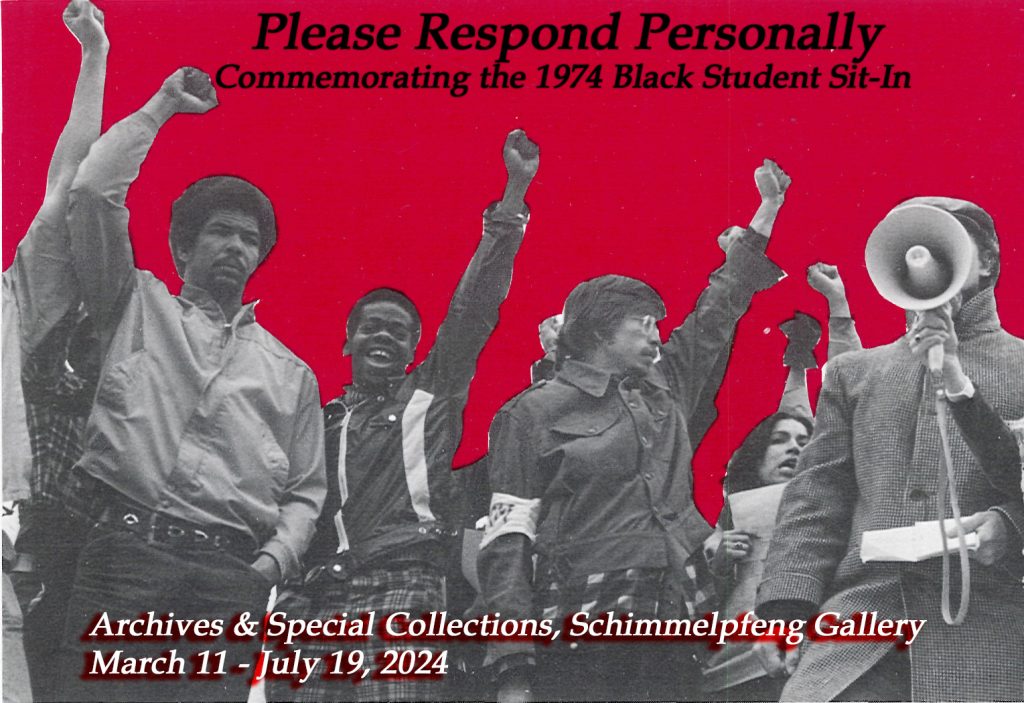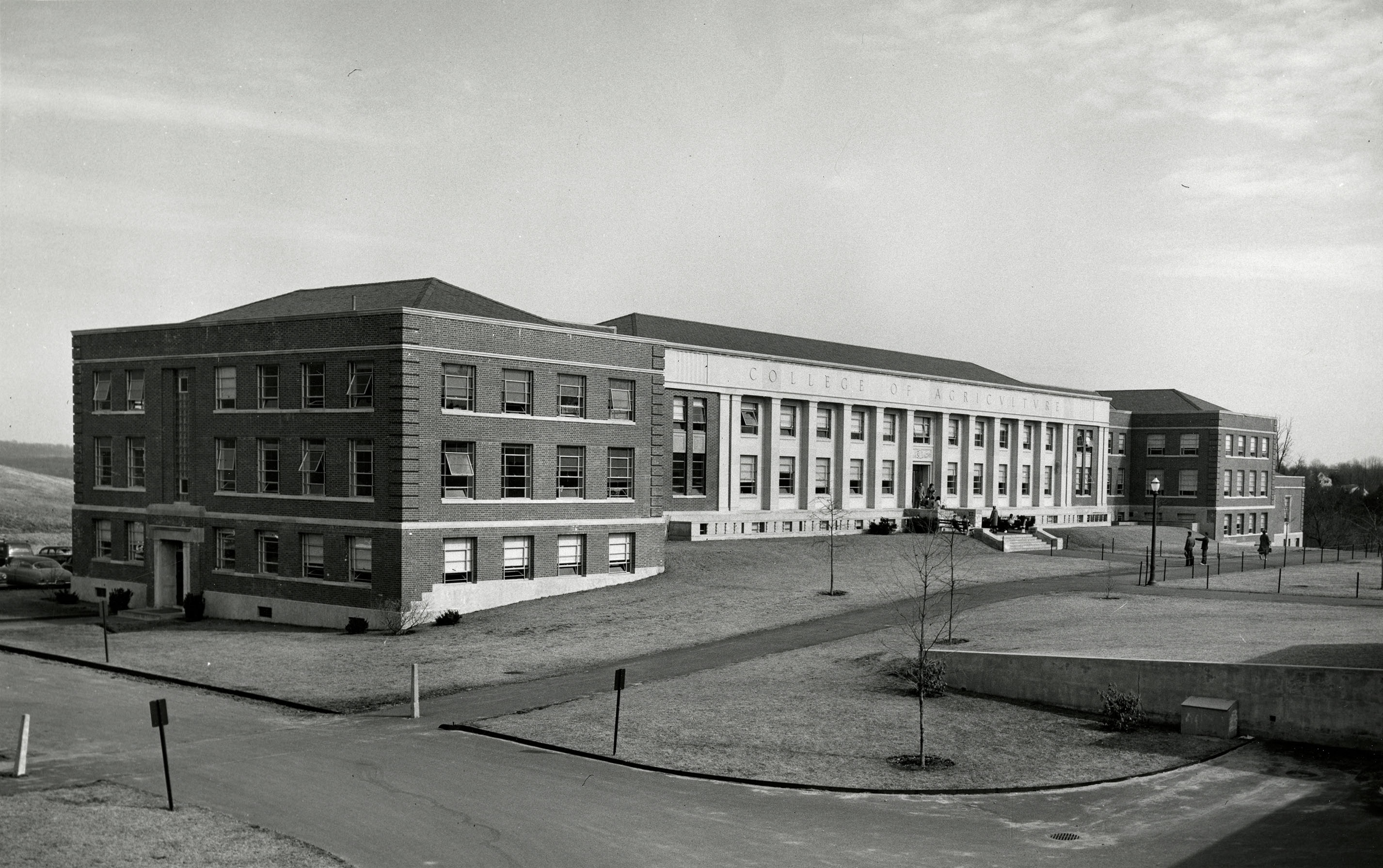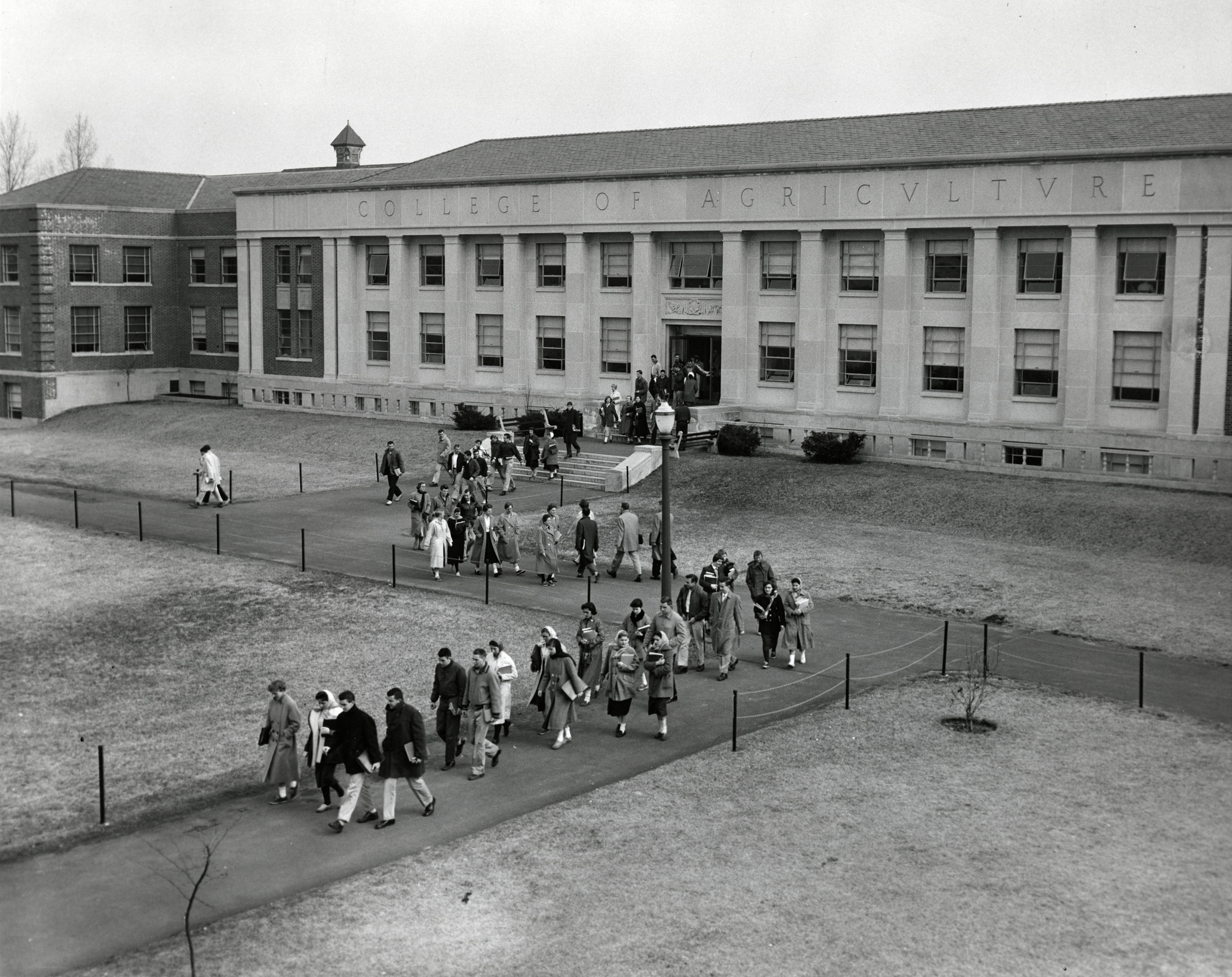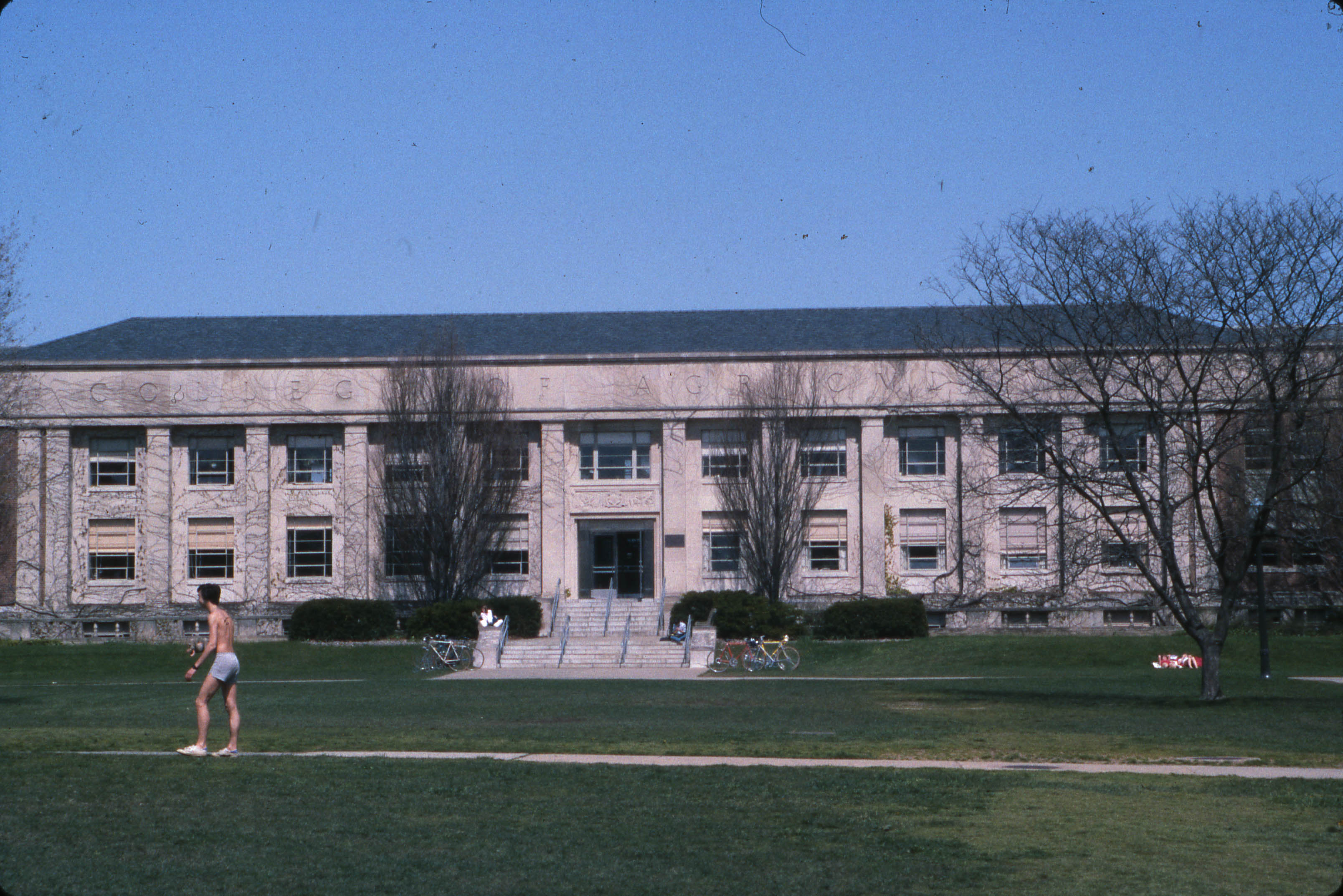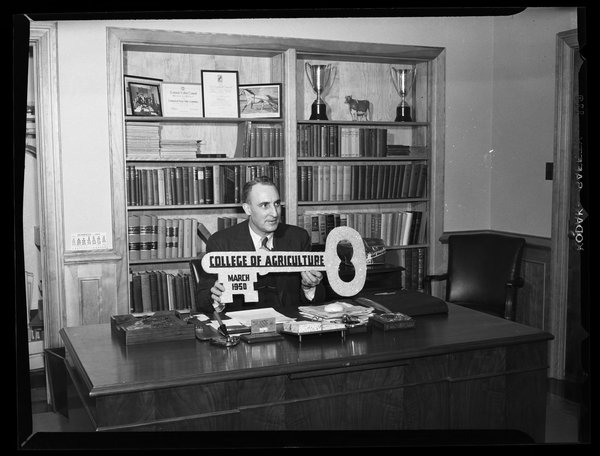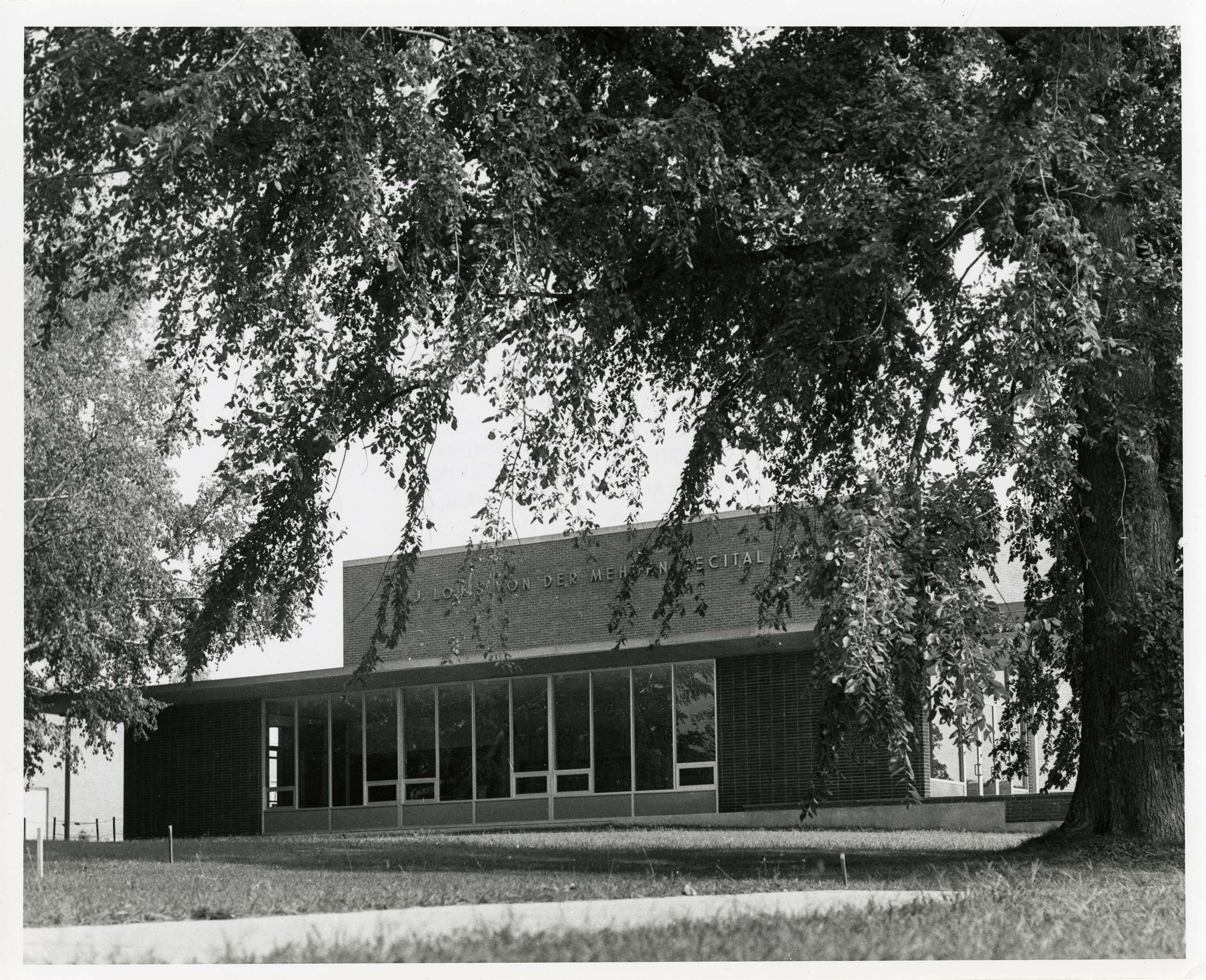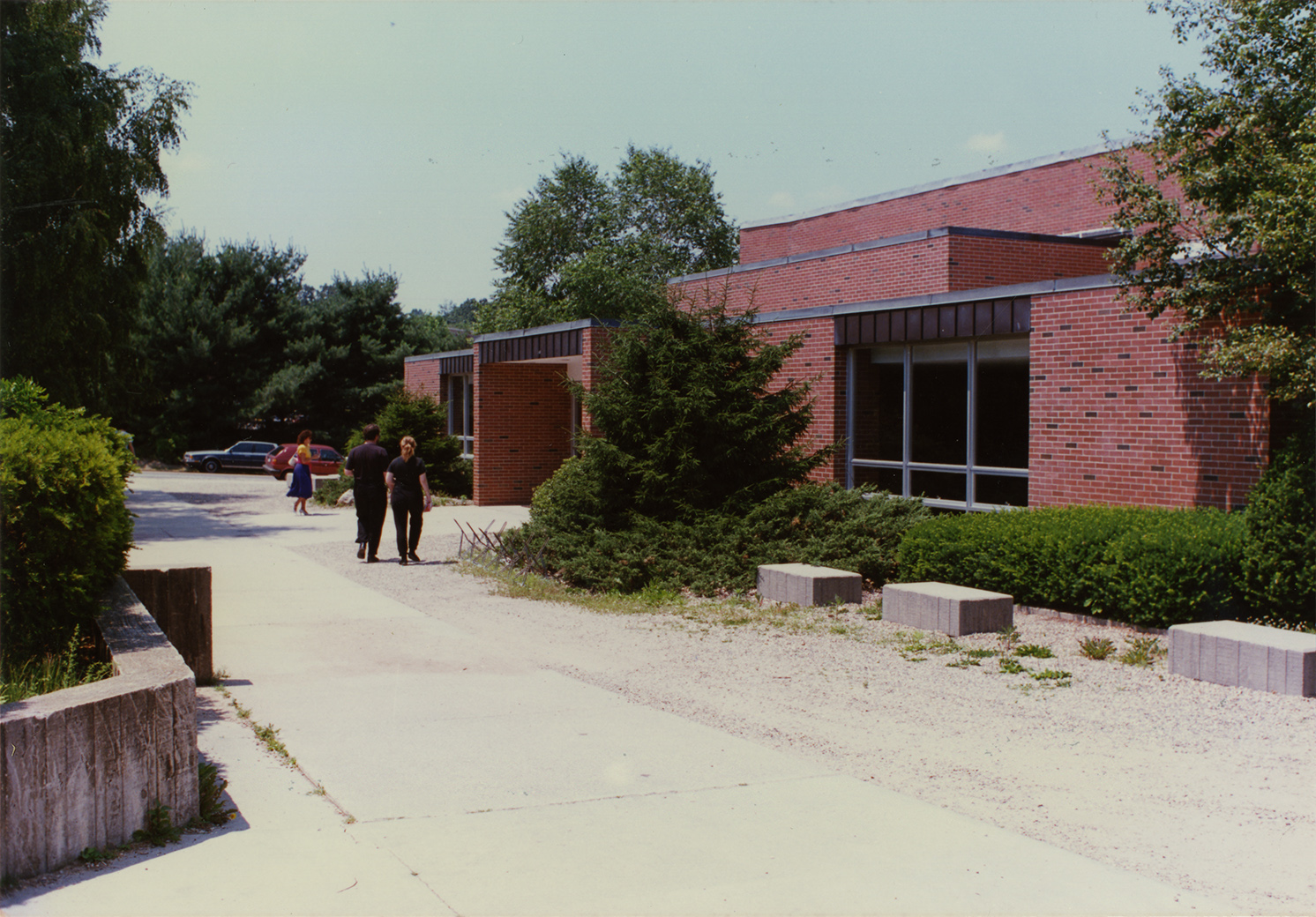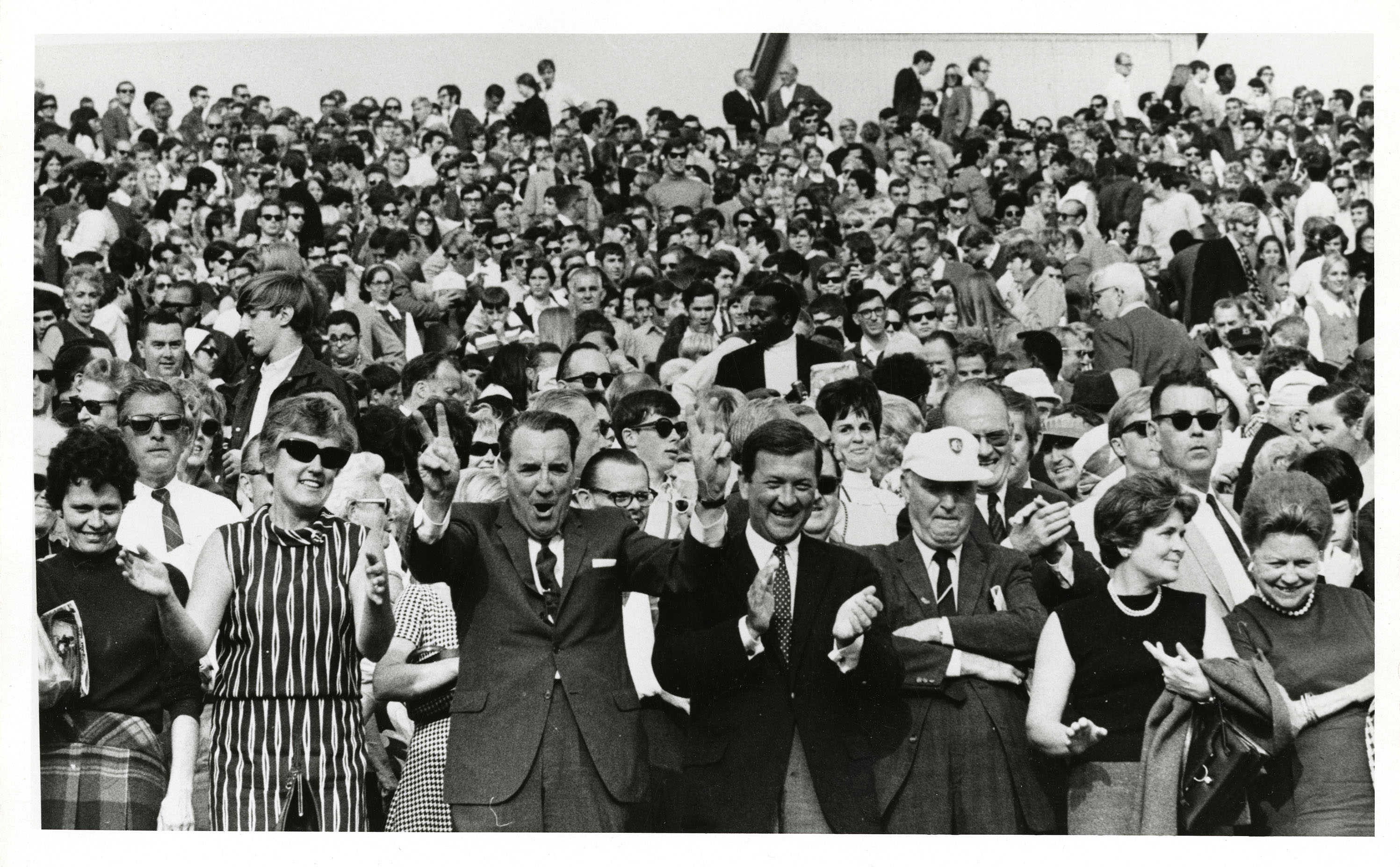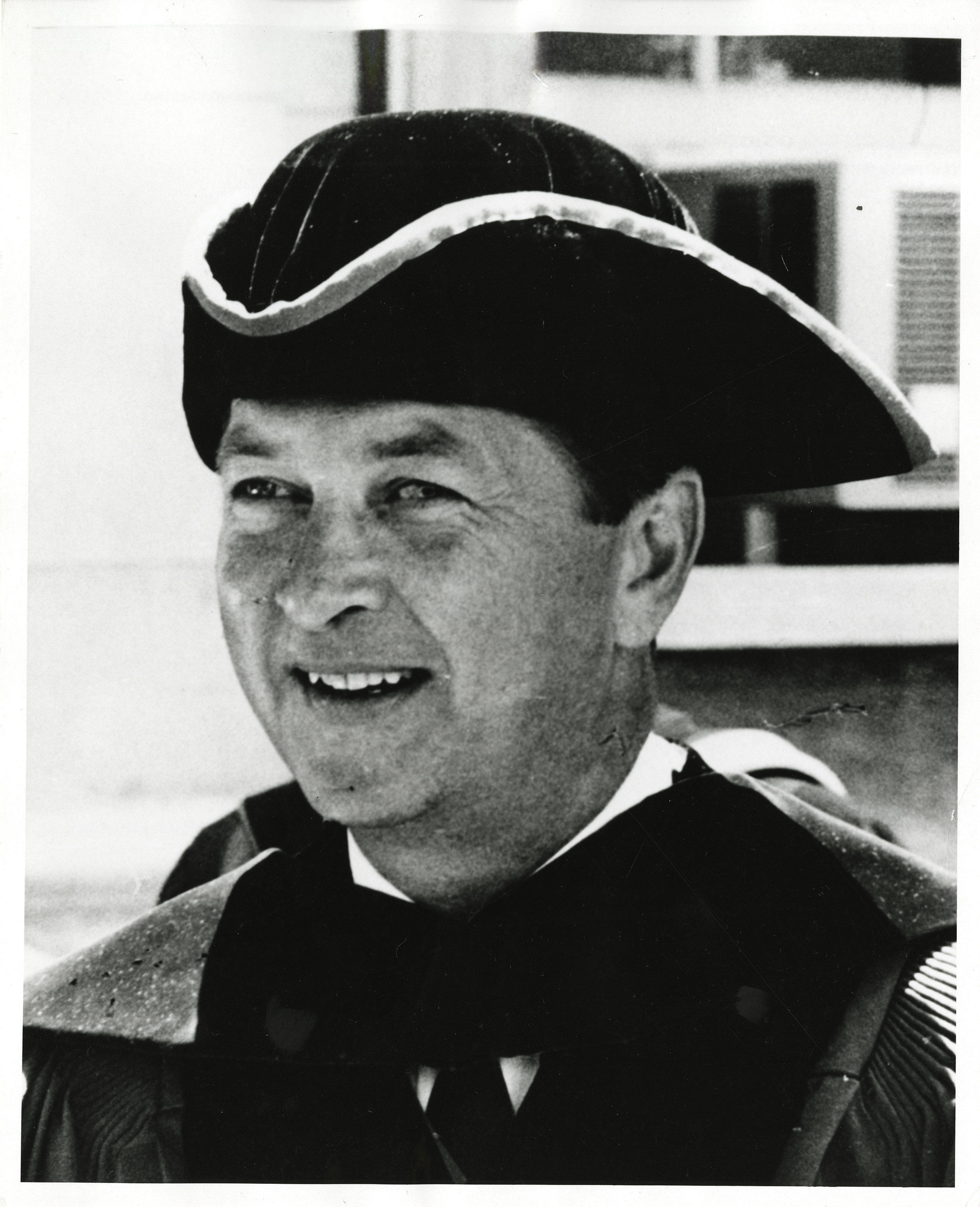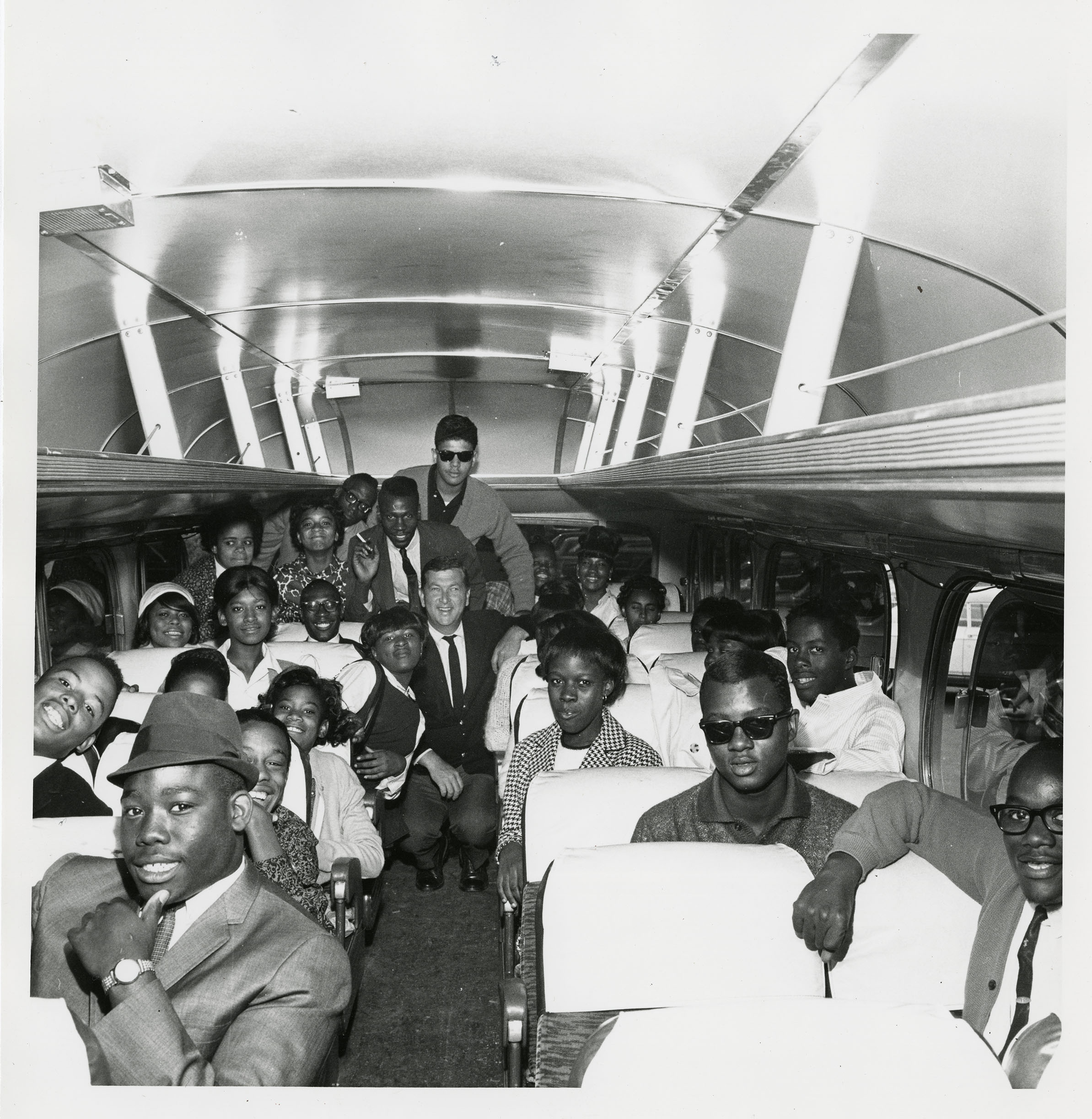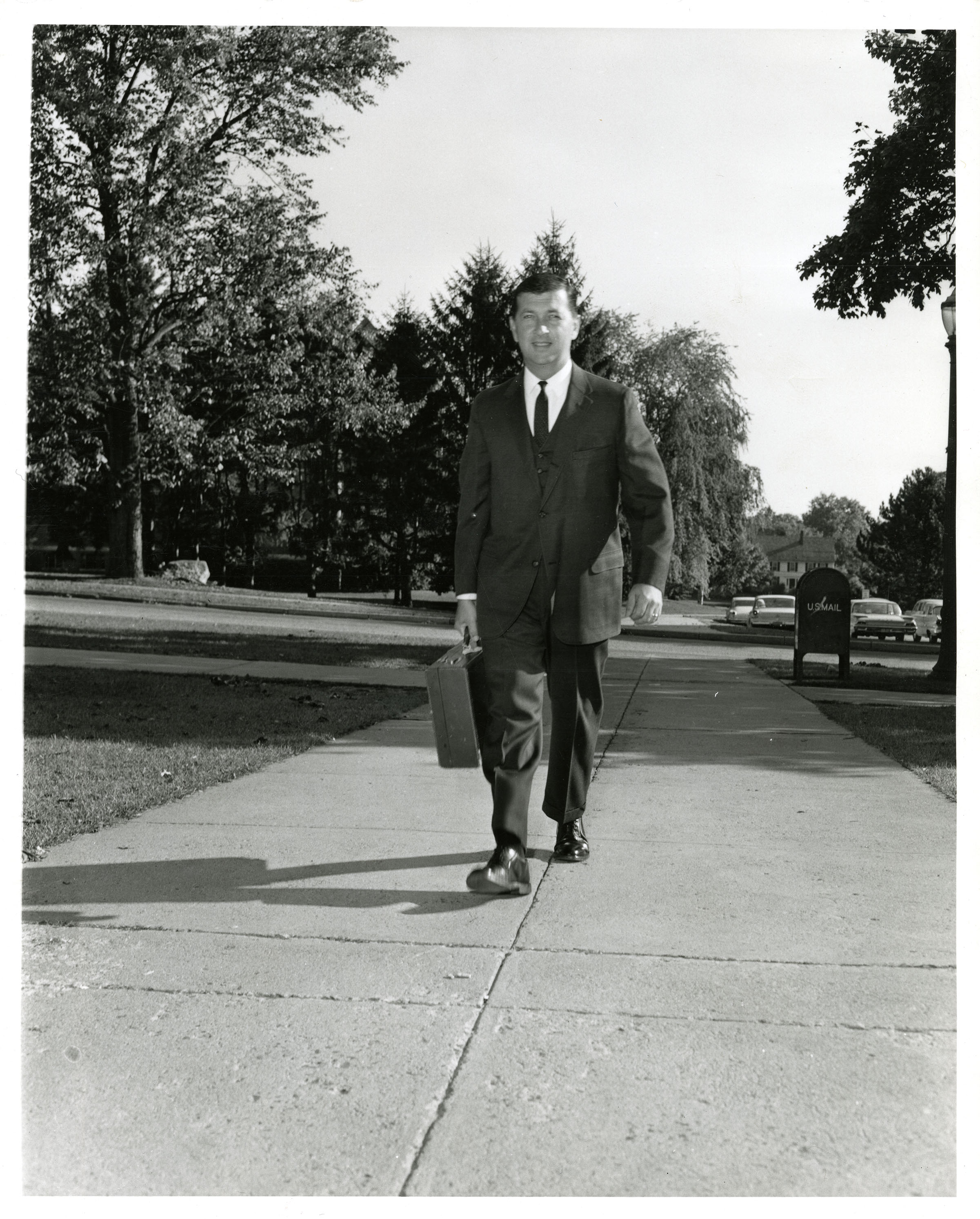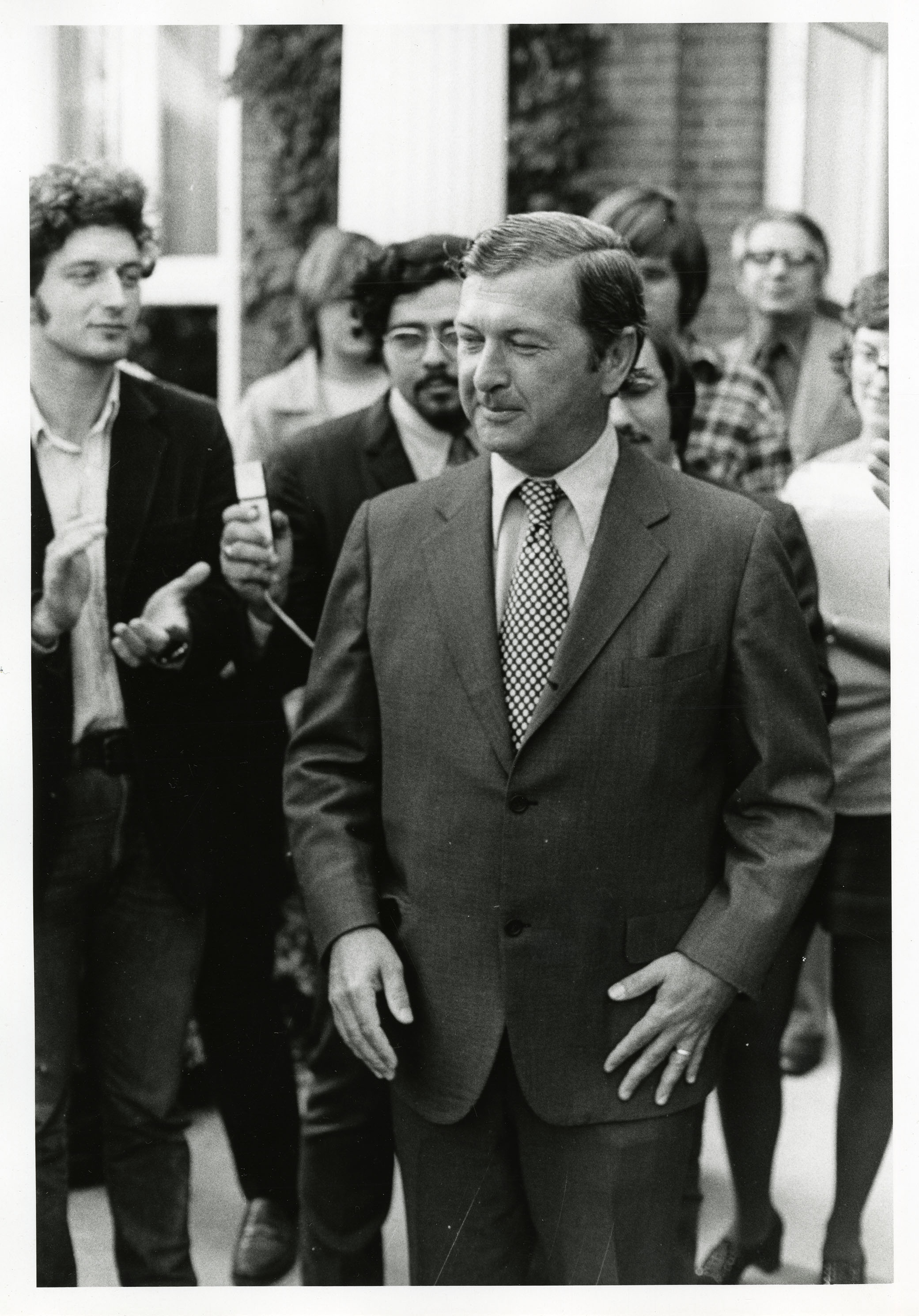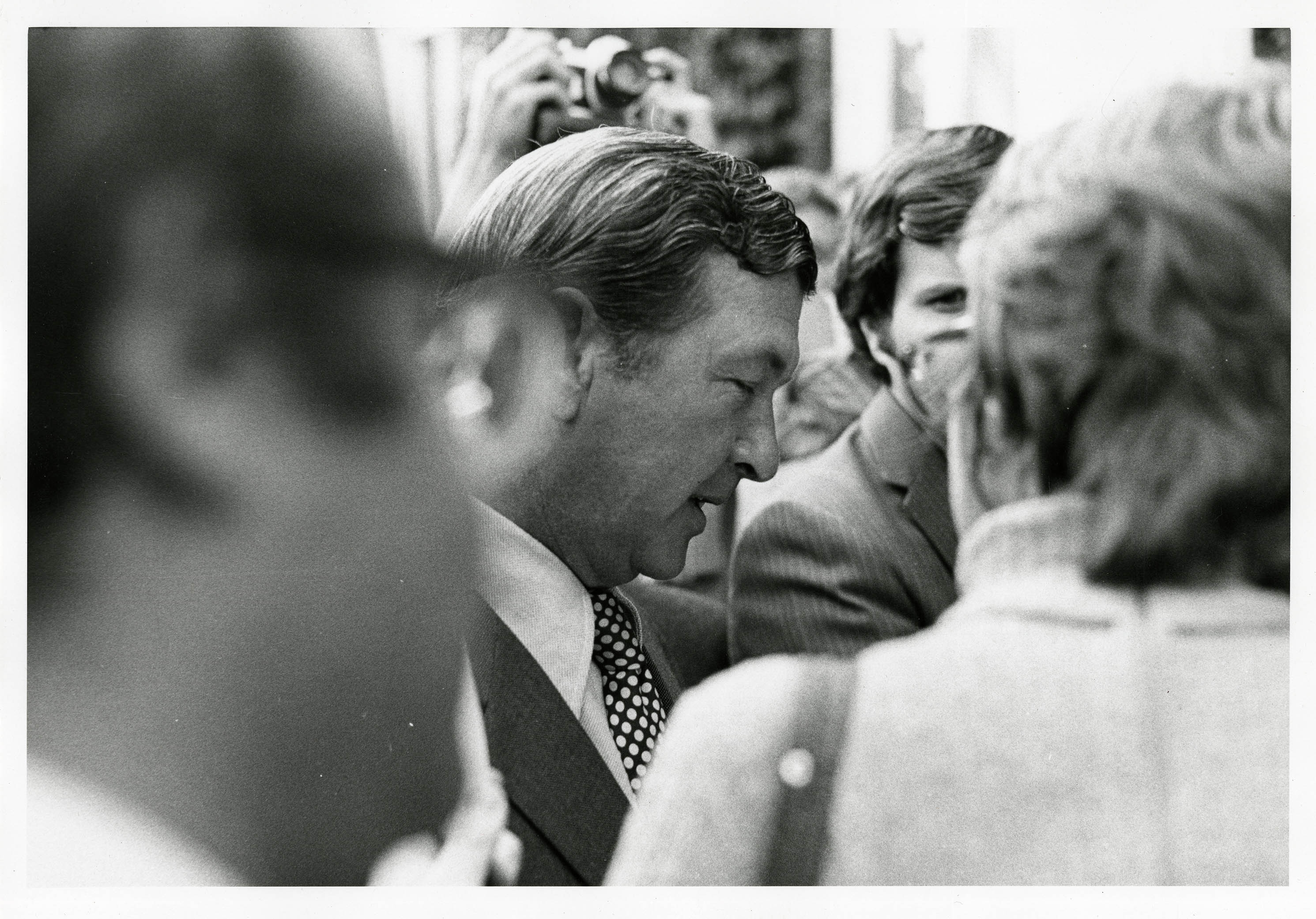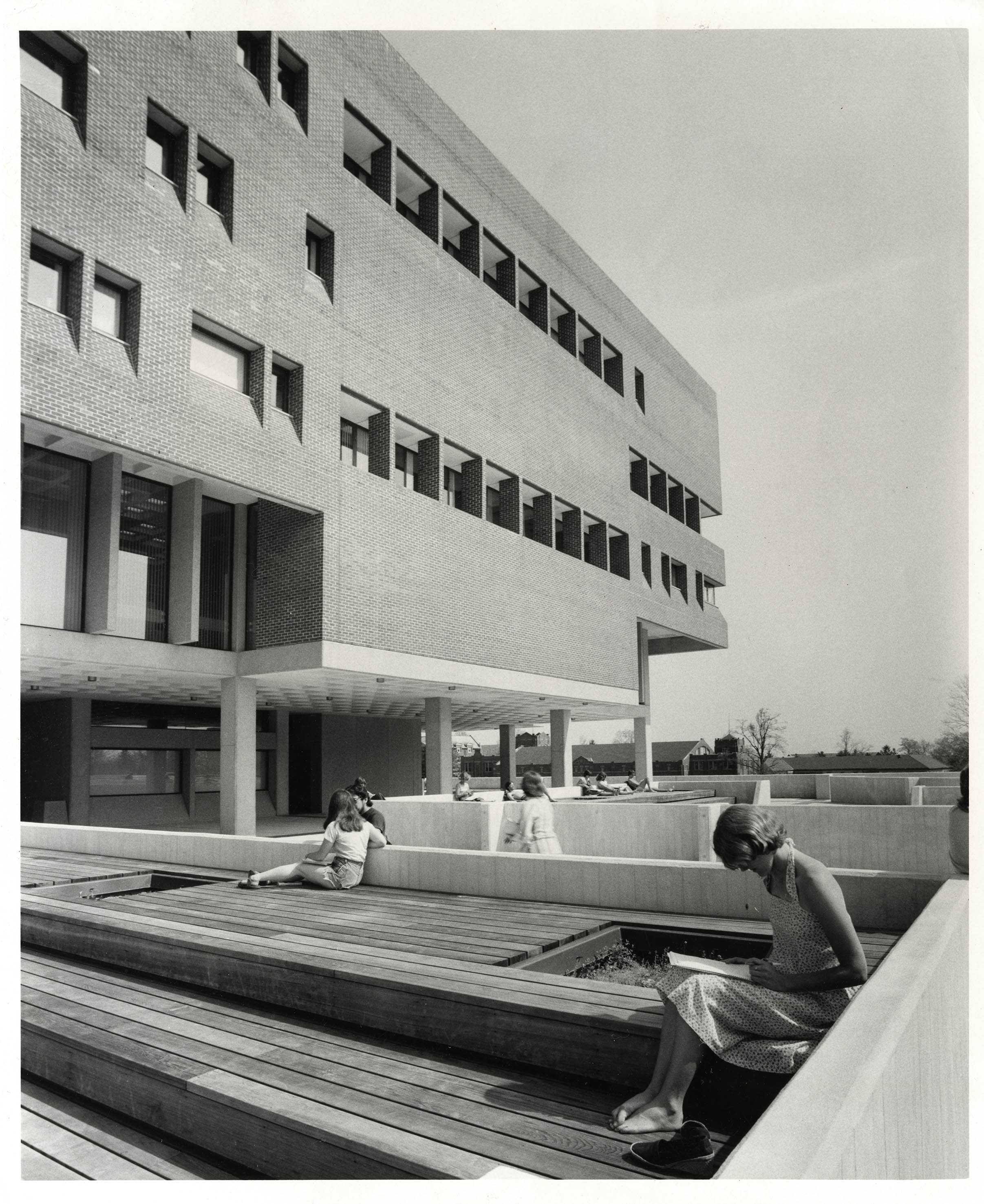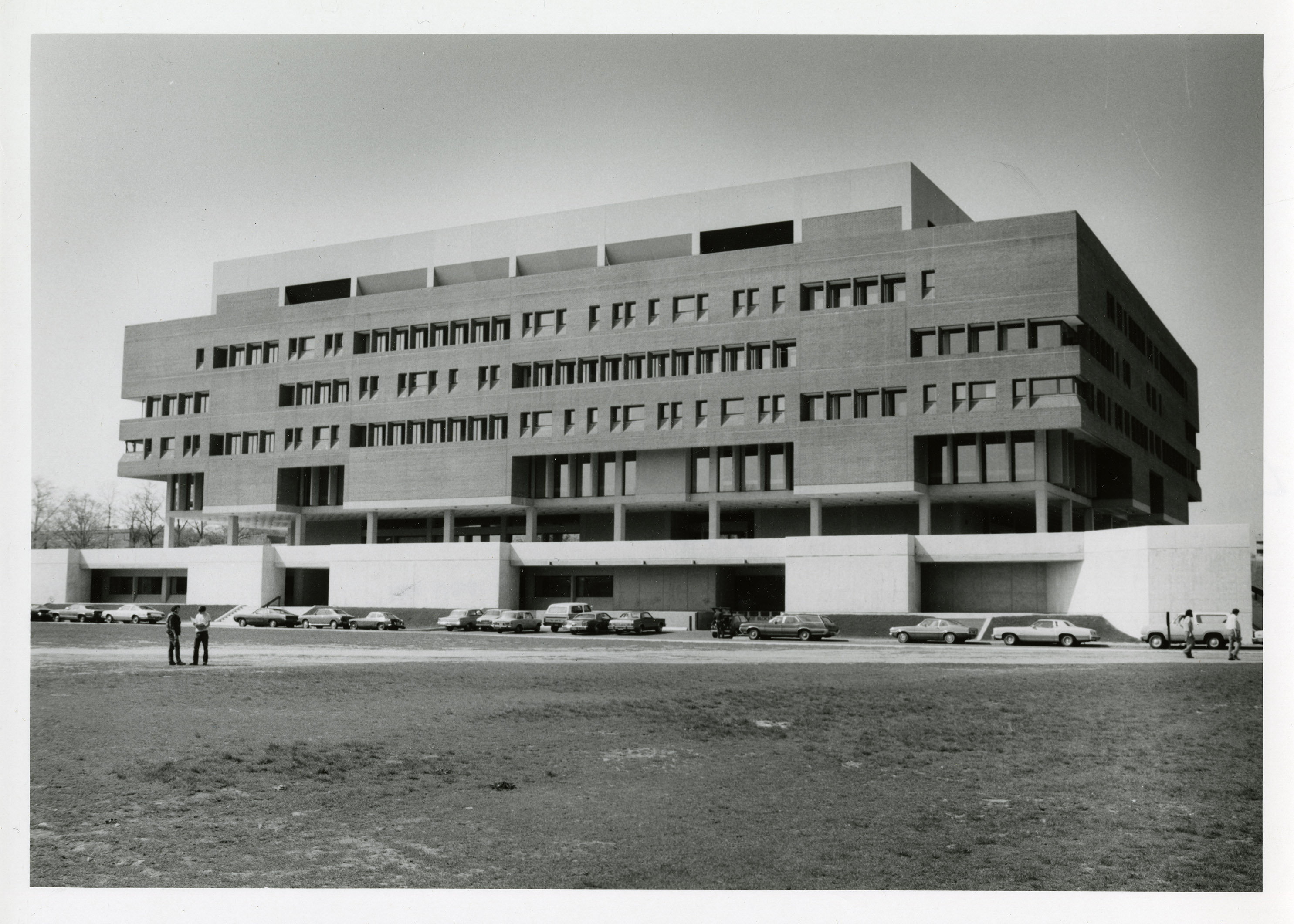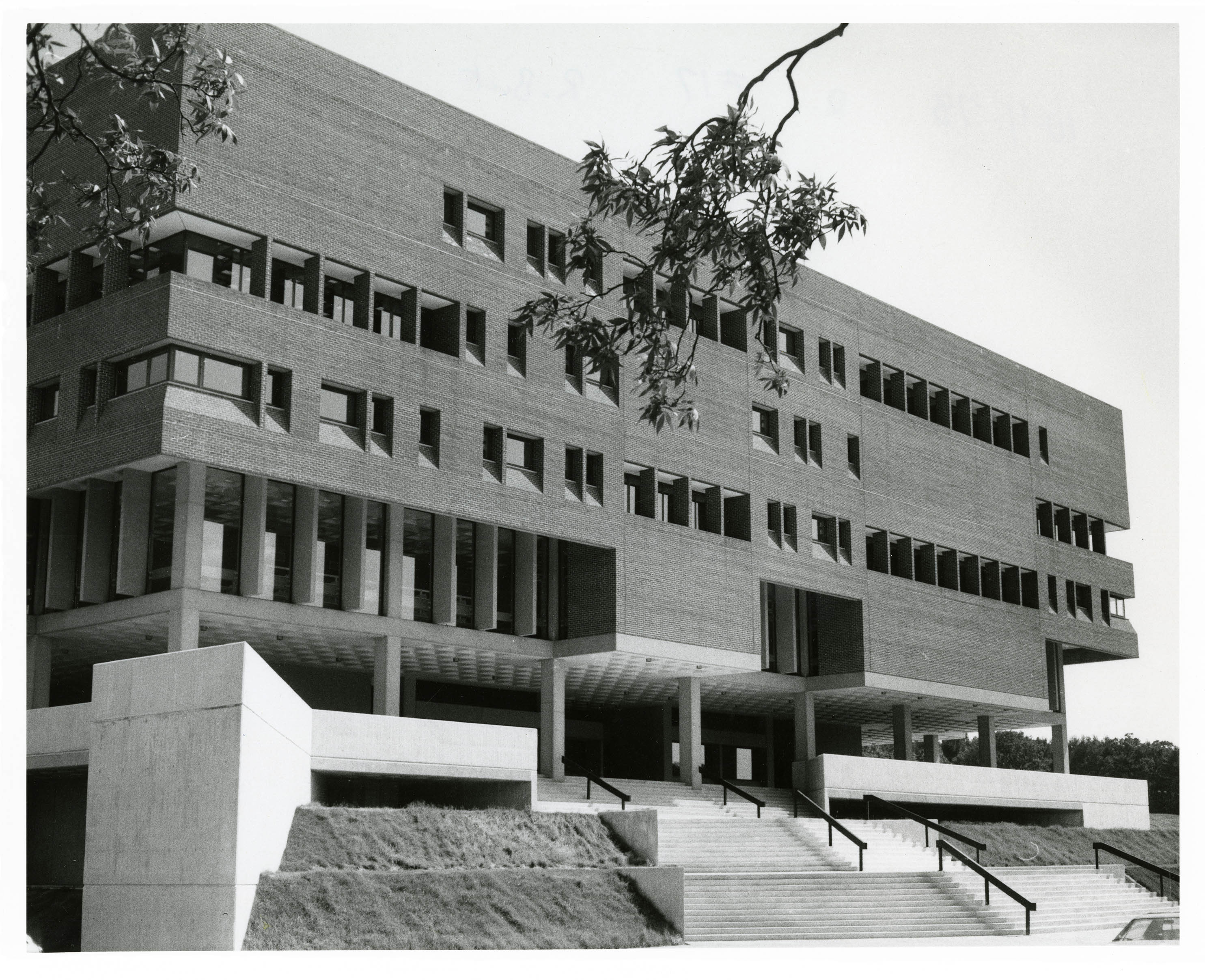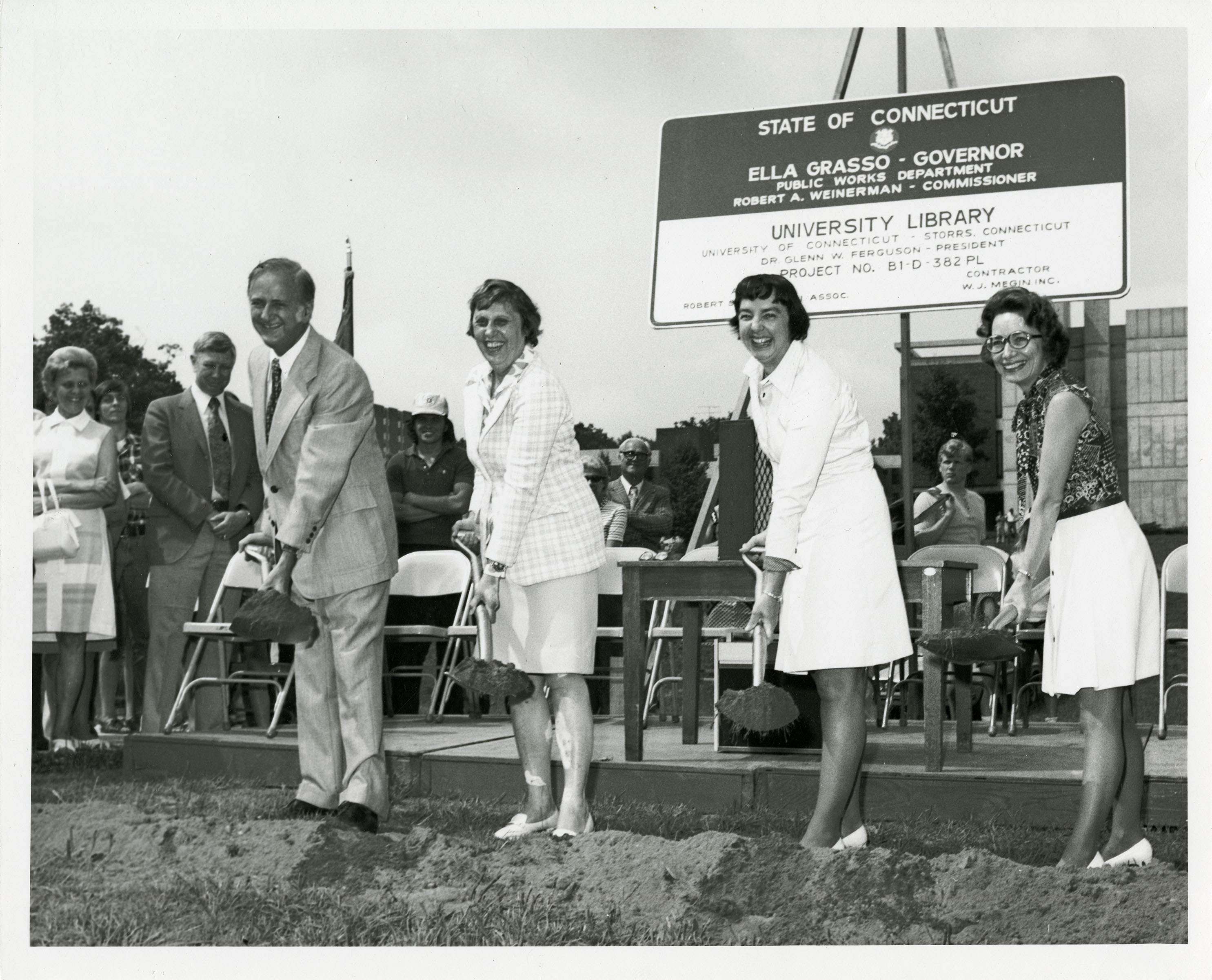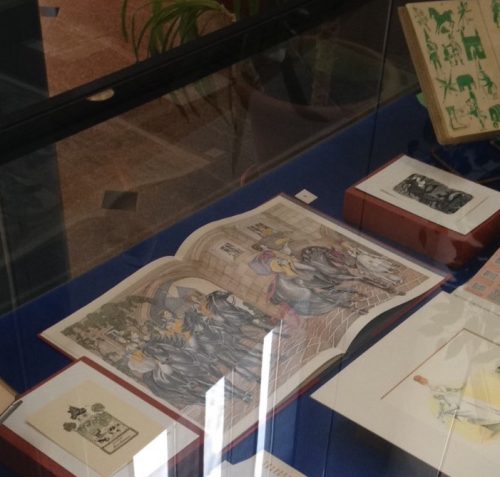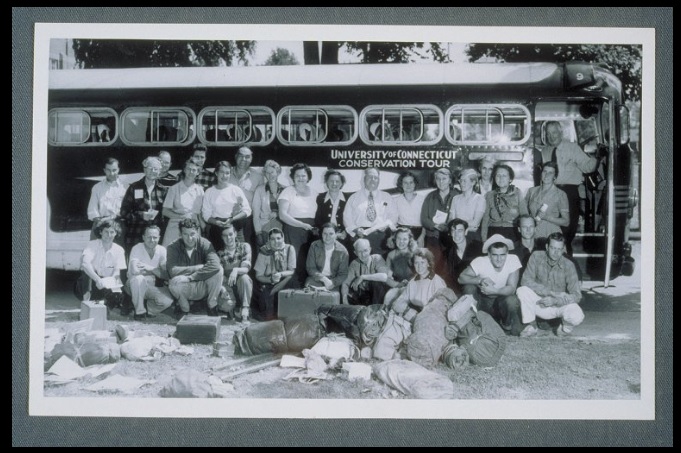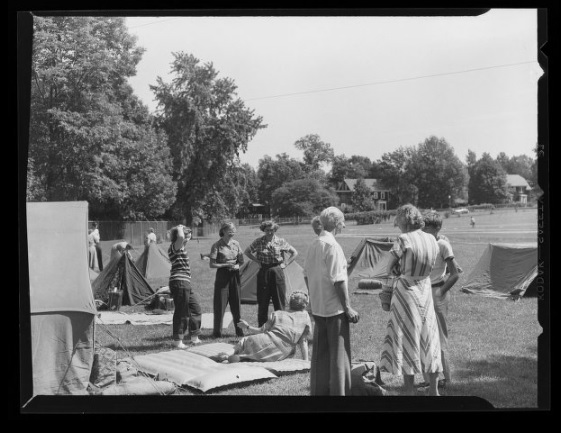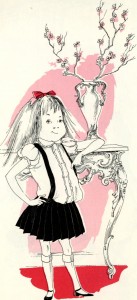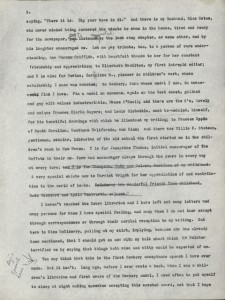Glastonbury, Conn., English teacher David Polochanin was recently awarded the James Marshall Fellowship, as he pursues to write young adult literature as part of a yearlong sabbatical. During his research, he will write an occasional series of blog posts, based on his observations and insights relating to the contents of the Northeast Children’s Literature Collection at the University of Connecticut. Polochanin’s work has been widely published in major newspapers in New England, including The Boston Globe, Providence Journal, and Hartford Courant. His education writing has appeared in Education Week and Middle Ground, and his poetry has been included in an anthology by Native West Press, and will be published in the prose poetry journal Sentence.

Photo in Archives & Special Collections stacks @ David Polochanin 2013
Blog Post 1: On Production
Combing through the archives of this collection has been fascinating, and an extraordinary opportunity. Since my days as a reporting intern for the Boston Globe nearly 20 years ago, I’ve been interested in authors’ behind-the-scenes writing process – perhaps because the art of creation is typically so mysterious. After all, when authors are interviewed by admirers, one of the first questions they are asked is, “How did you write this?” or “Where did the idea come from?”
I am not so much interested in where ideas come from, but I am intrigued with the process of writing itself.
In a way, I am learning that it is not so complicated.
While I have examined only a fraction of what the Northeast Children’s Literature Collection holds, I am struck by the sheer production of some of these authors, the volume of work they have created, and that, it would seem, an author’s ability and determination to produce such large amounts of work are major factors leading to publication, success, accolades, fame. This drive ultimately distinguishes a recreational writer, I think, from writers who earn a living by writing, particularly as a creative writer, for adults and children alike.
Their success is not reliant upon talent, alone.
It takes tenacity to produce. I am reminded of an interview I read recently with Newbery Medal winning author Kate DiCamillo, posted on the website ReadingRockets.org. She said, “I’ve been in so many writing workshops, writing classes, and to the right of me and to the left of me, there’s always somebody much more talented than I am. And what I figured out is they’re not willing to go through the rejection, which is enormous, and then the compromise that comes with editing your work. I decided a long time ago that I didn’t have to be talented. I just had to be persistent, and that that was something that I could control — the persistence. I’ve always been kind of persistent.”
Again and again in author interviews, this is a common refrain. In order to publish your work, one must work hard. Sounds simple. But the determination involved when there are dozens of things vying for our time, is remarkable. It means casting these distractions – the Internet, TV, the laundry, the long shower – aside to sit somewhere and write for extended periods of time. In today’s society, a place where patience is underrated, this kind of discipline is increasingly difficult.
So when I look through boxes of drafts, notes, and manuscripts by such celebrated children’s authors as Eleanor Estes and Ruth Krauss, whose works are well represented in the Northeast Children’s Literature Collection, seeing the sheer amount of their work stacked in box after box on the shelves in the back room, you begin to get a sense of why these are noteworthy writers and why their work is housed in a university archive.
Writing is a way of life. And you can tell that many of the writers here have dedicated their lives to the craft, to creating stories, poetry, or nonfiction. They have been prolific producers. It’s not unlike any other line of work that requires intense focus and discipline in order to rise to the top of a profession. The best physicians are often board-certified, keep up with current research, and teach young doctors in training; the best NBA players spend hours beyond their usual practice and game time to practice three-pointers and free throws and watch video of their games.
‘Consuming’ is the right word to describe this sort of dedication.
In his book The Outliers, author Malcolm Gladwell theorizes that it takes 10,000 hours to become an expert at a craft, including reaching the highest levels of achievement in business, technology, sports, and music. I’d argue the same goes for writing. Over 10 years, that’s 1,000 hours a year, or 83 hours a month, 19 hours a week, or about three hours a day. Of course, this is provided that you write every day.
Poring through this collection’s files and folders and the sheer volume of production included here makes it clear, at least in my mind: the more a writer produces, the more likely they are to get published, and the more likely one is to eventually publish work of enduring value. Kate DiCamillo has it right: First comes a stubborn persistence, then comes talent.
